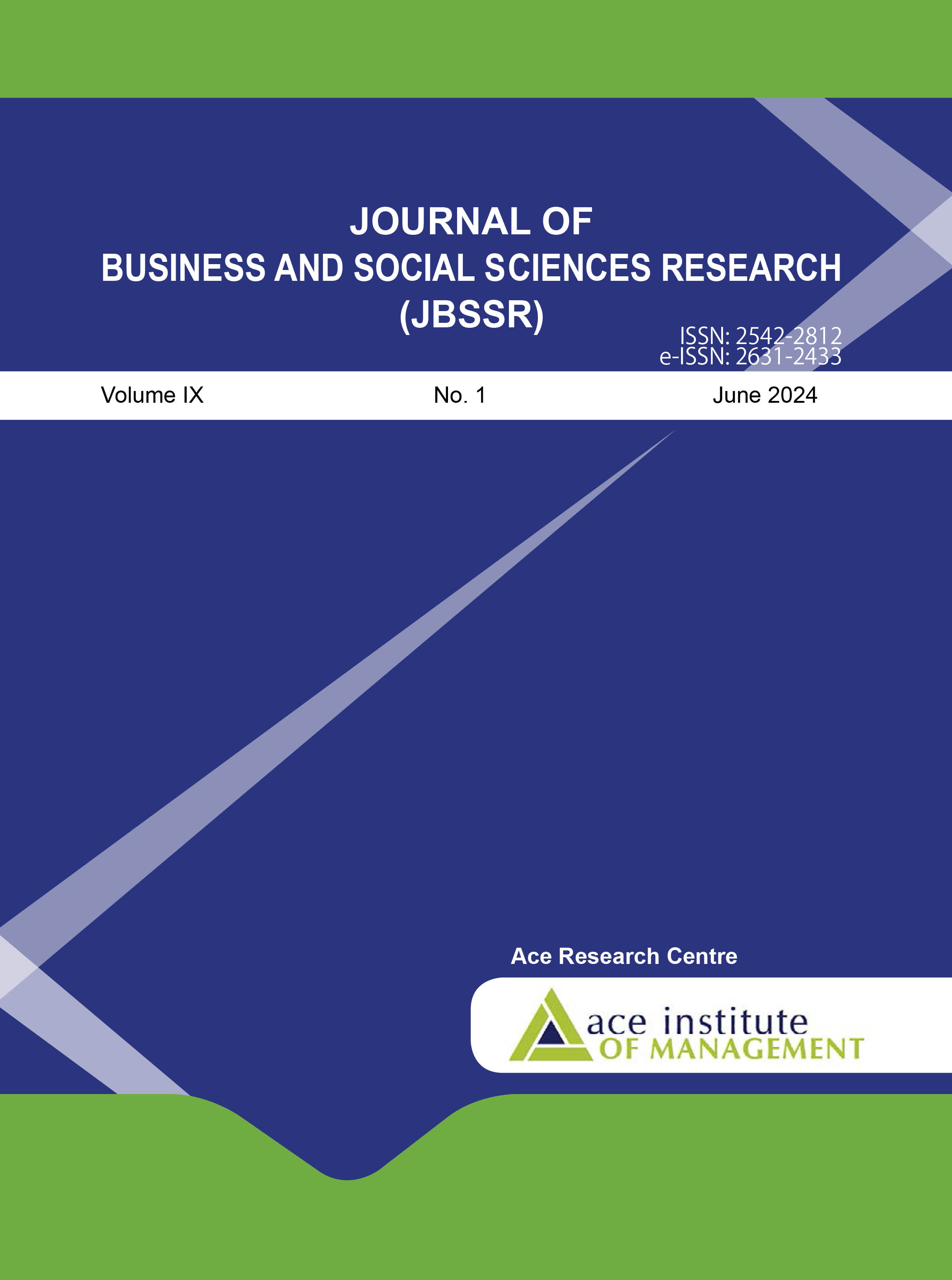Marketing Strategy for Financial Institutions in Nepal
DOI:
https://doi.org/10.3126/jbssr.v9i1.67992Keywords:
Financial industry, financial product/services, marketing strategiesAbstract
The Nepalese financial sector has undergone significant changes after the government’s financial sector reform programme. The reform programmes brought various changes yet bank and financial institutions (BFIs) lacks appropriate strategies in marketing financial services. However, the recent developments in financial sector and changing dynamics of consumer behaviour towards financial services have underscored the need of strategic orientation in discovering customer need, institutional promotional initiatives, customer satisfaction, employee motivation and customer data management practices. In this context, this study attempted to explore the marketing strategies of bank and financial institutions (BFIs) in selling/providing financial services to the customers using principal component analysis with varimax rotation adopting exploratory research design. To fulfil the purpose of the study, data were collected from 304 sales personnel of the bank and financial institutions (BFIs) using structured questionnaires. The study has identified 20 factors from the related literature. Through exploratory factor analysis, five most influential factors have been discovered and are instrumental in formulating the marketing strategies for bank and financial institutions (BFIs).
Downloads
Downloads
Published
How to Cite
Issue
Section
License
© JBSSR/AIM
Authors are required to transfer their Copyright to the Journal of Business and Social Sciences Research.




